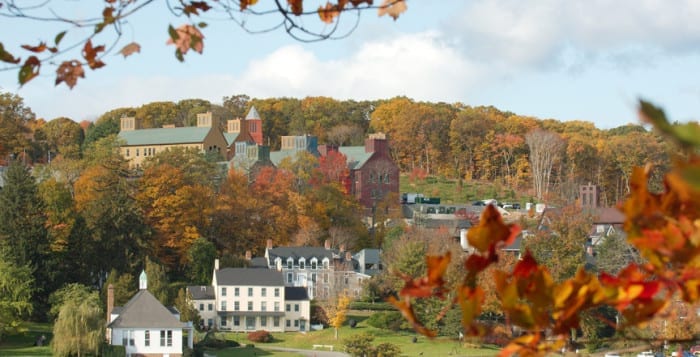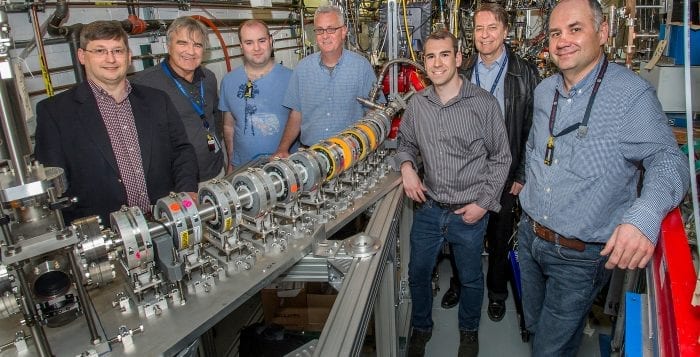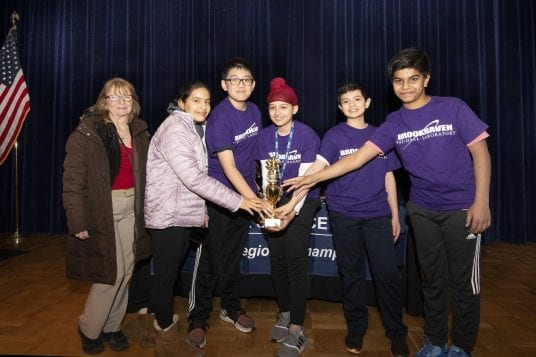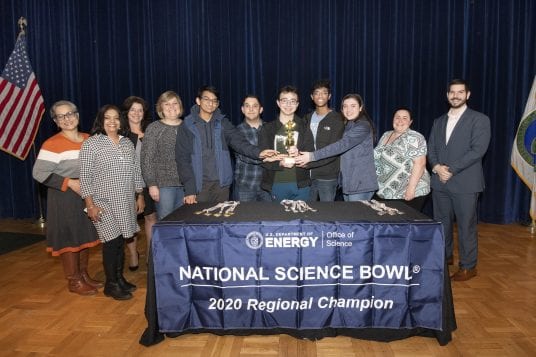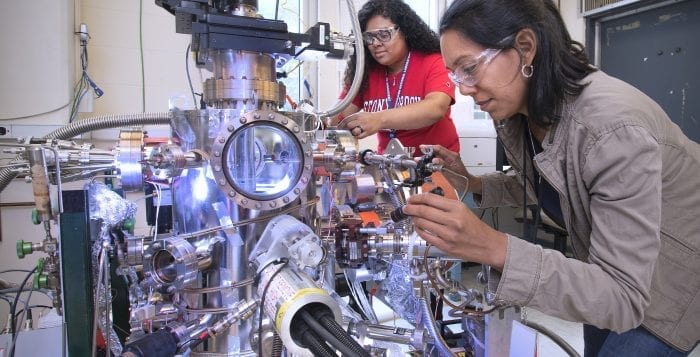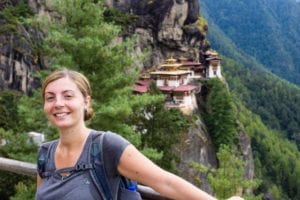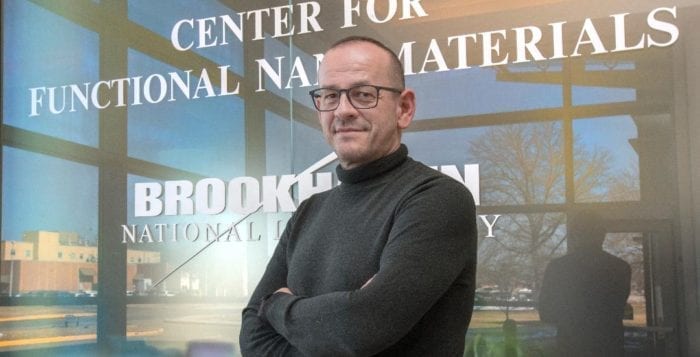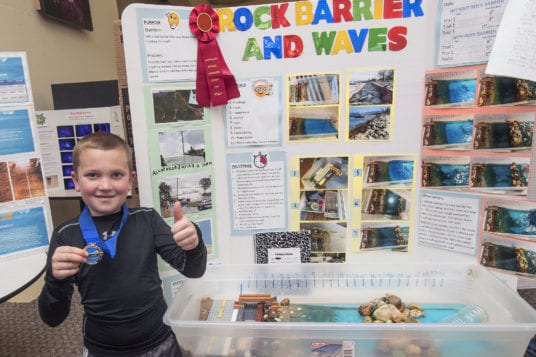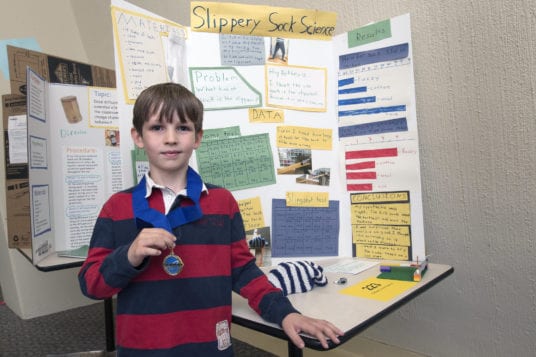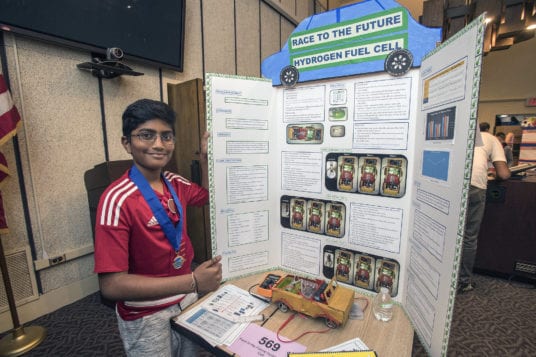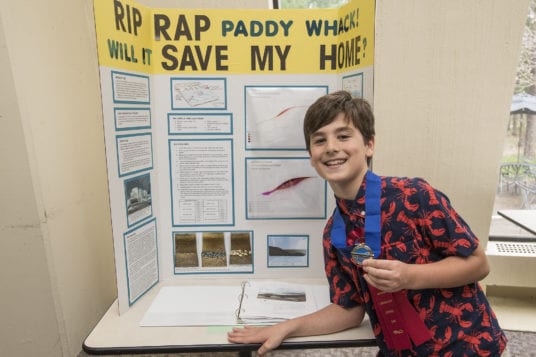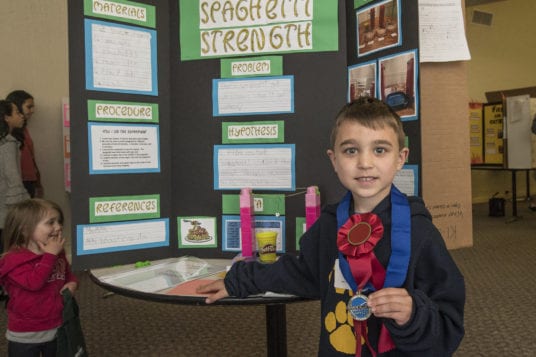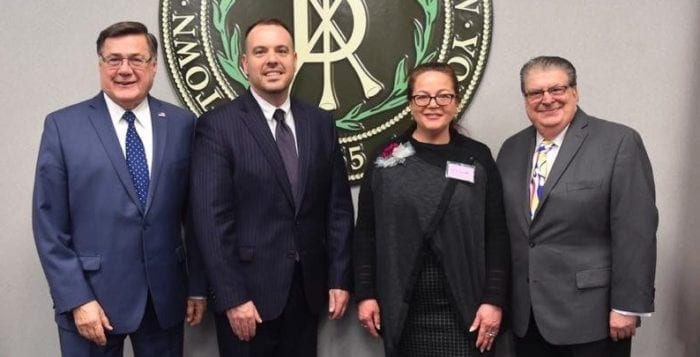With six cases of coronavirus Covid-19 in New York state confirmed as at March 4, state, local institutions are preparing for the potential spread of the virus.
New York lawmakers earlier this week passed a $40 million spending bill. The funds will allow the Department of Health to hire staff, purchase equipment and gather additional resources to address a virus for which a travel ban no longer seems sufficient to ensure containment.
A 50-year old Westchester man tested positive for the virus, even though he didn’t travel to areas of contamination, which include China, South Korea and Italy, and didn’t have known contact with anyone who has traveled to those areas. Through the so-called community spread of the virus, which has a mortality rate of more than 3 percent, can infect a wider range of people.
Northwell Health Labs said earlier this week it expects to begin testing for Covid-19 within a week. The health facility, which announced the future testing at a news conference March 2 with U.S. Sen. Chuck Schumer (D-NY), said manual testing could involve 75 to 100 tests each day. After it automates the tests, the facility could process hundreds and even thousands of tests on a daily basis. Mather Hospital in Port Jefferson is part of Northwell Health group.
Meanwhile, Brookhaven National Laboratory, Cold Spring Harbor Laboratory and Stony Brook University have made recommendations to staff who might travel to areas of infection.
BNL is following the recommendations of the Centers for Disease Control and the State Department regarding health notices and travel advisories. The U.S. State Department has a do-not-travel restriction on trips to China and Iran, along with specific areas of Italy and South Korea, while it also recommends reconsidering travel to Italy, South Korea and Mongolia.
Also, BNL is asking visiting scientists if they traveled to China or live with someone who visited China within 14 days. If the answer to either question is “yes,” these individuals have to complete a 14-day period away from China without symptoms before returning to the lab.
BNL canceled the International Forum on Detectors for Photon Science conference, which was scheduled for March 29 through April 1 at Danfords Hotel in Port Jefferson. The conference was expected to have 40 participants.
CSHL has canceled or postponed all upcoming conferences and courses bringing participants to campus through April 5th. The laboratory will reevaluate future offerings on a rolling basis.
Also, CSHL is cleaning common areas including bathrooms, counters and dining areas more frequently, is providing more hand sanitation stations, is enhancing the readiness of its Center for Health & Wellness and is providing secure transfer protocols for at-risk people with potential symptoms of the virus.
SBU discouraged school-related and personal travel to China, Italy, Iran and South Korea. The school also created a mandatory preapproval requirement for all publicly funded university-sponsored travel plans to China, Italy, Iran and South Korea. SBU has not canceled the Florence University of the Arts program, since the university is continuing classes as usual and the Tuscany region doesn’t have any reported cases of the virus.
On a national level, the Federal Reserve, in a move similar to decisions from other central banks, cut interest rates by half a percentage point, the biggest cut since the financial crisis of 2008. The cut was designed to stave off an economic slowdown caused by business disruptions from the coronavirus.
“The coronavirus poses evolving risks to economic activity,” the Federal Reserve said in a statement.
Updated March 5 to reflect most current CSHL procedures regarding conferences and courses.

